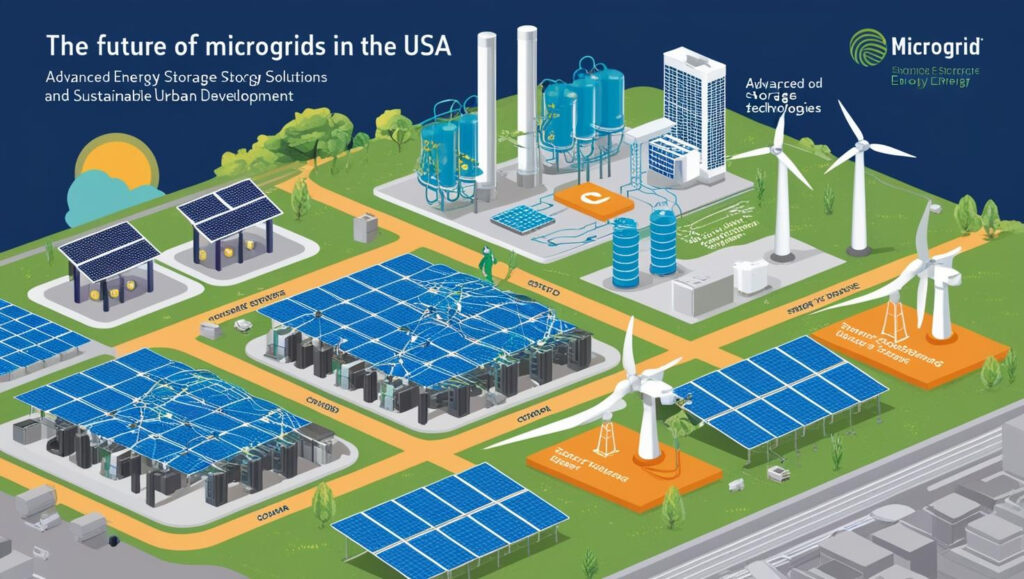The U.S. microgrid market is experiencing significant growth, driven by the need for energy resilience, integration of renewable energy sources, and advancements in microgrid technologies. States across the country are increasingly adopting microgrids to address challenges related to grid reliability, extreme weather events, and the transition to clean energy.
In Texas, the aftermath of Winter Storm Uri in 2021 highlighted the vulnerabilities of the state’s power grid. Since then, the number of commercial microgrids in Texas has surged, growing nearly 20-fold over the past decade. Major retailers and institutions have invested in microgrids to ensure uninterrupted power supply during outages. The state has also allocated $1.8 billion through the Texas Energy Fund to support distributed energy projects, including microgrids, although the rollout has faced delays due to the development of qualifying criteria.
Download PDF Brochure @ https://www.marketsandmarkets.com/pdfdownloadNew.asp?id=917

California has been proactive in integrating microgrids to enhance grid resilience, especially in wildfire-prone areas. The Calistoga Resiliency Center, for instance, is a hybrid energy storage system combining lithium-ion batteries and hydrogen fuel cells, designed to operate as an islanding microgrid capable of powering the city during grid outages. Such initiatives align with the state’s goals to minimize wildfire risks and promote renewable energy integration.
New York is also making strides in microgrid adoption. Alternus Clean Energy and Acadia Energy have formed a joint venture to develop 200 megawatts of microgrid projects in the state, focusing on enhancing energy resilience and supporting clean energy initiatives. These efforts are part of broader strategies to modernize the grid and facilitate the transition to renewable energy sources.
Alaska stands out with one of the highest adoption rates of microgrids in the U.S., primarily serving remote communities. The state’s microgrids incorporate a diverse mix of renewable energy sources, including wind, solar, hydro, and geothermal, providing sustainable and reliable power in areas where traditional grid access is limited.
Federal support has been instrumental in advancing microgrid deployment across the country. The Infrastructure Investment and Jobs Act allocated $11 billion to enhance the electrical grid’s adaptation to renewable energy, with a portion dedicated to microgrid projects. Additionally, the Inflation Reduction Act provides tax credits and incentives for renewable energy projects, including microgrids, making it more financially viable to integrate these systems.
As states continue to prioritize energy resilience and sustainability, the adoption of microgrids is expected to accelerate. These localized energy systems offer a promising solution to the challenges of modernizing the grid, integrating renewable energy, and ensuring reliable power supply in the face of increasing climate-related disruptions.